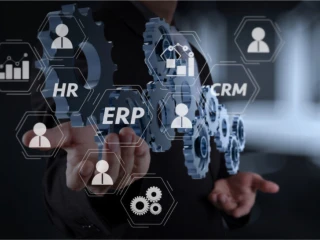
Why integration matters
From managing complexity to unlocking data
In today’s IT landscapes, every business process seems to have its own niche application. However, the processes itself still require multiple internal and external stakeholders to work together.




/banner-IT-Enterprise-Architecture-4-1-(1).webp?mode=autocrop&w=320&h=240&attachmenthistoryguid=62ba80df-41ee-4ae1-8f82-c2f2a4b6308e&v=&focusX=4962&focusY=749&c=dccc58b148c6c23ea2e03bb507226d2846aa7c688d4b9f2d0ace04cadb8e927f)
